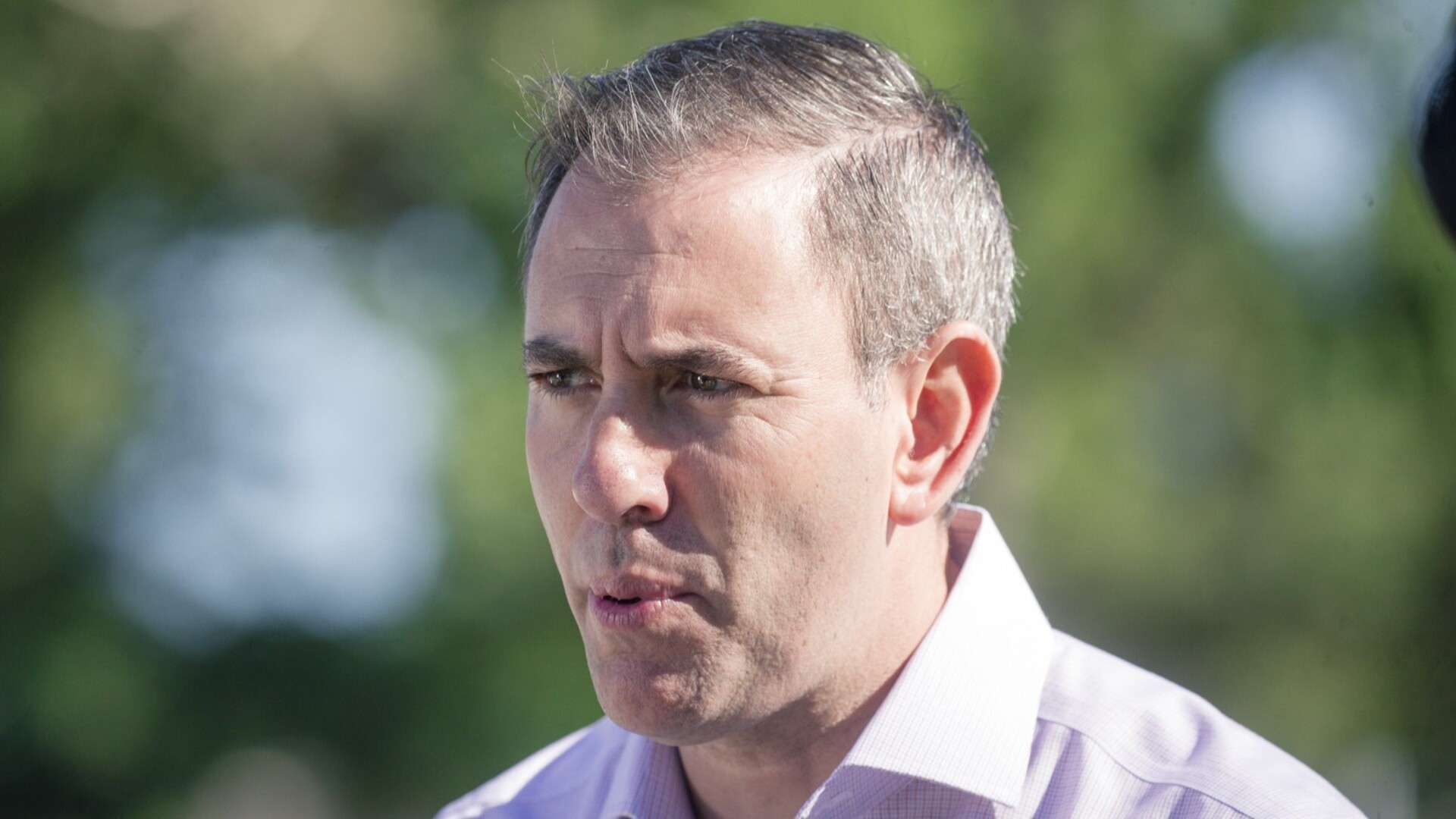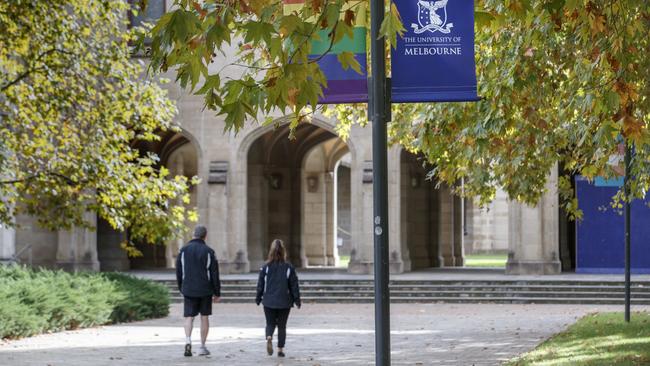
Jim Chalmers separately states improving productivity across the economy is a top priority.
The former is not going to lift the latter, at least not in university teaching.
In fact, when it comes to political productivity, cancelling student debt is a waste.
It follows last year’s ocean of outrage at inflation-indexed hikes in repayments on student loans, still commonly called HECS.
The government responded by reducing the interest rate charged graduates, thus slugging the taxpayer for $3bn. This $19bn giveaway takes from taxpayers without university qualifications and gives to graduates who did degrees, which are assumed to lift long earning. Back in November when the two transfers were announced, the government did not know Albanese would return to office in what was less an election than an acclamation.
There is another problem with the giveaway for graduates. It creates cover for universities to avoid two questions.
One is whether degrees are worth the time and money they cost students.
The other is could universities take less of both from their customers, by improving the quality of course content and delivery.

Chalmers will want answers if he is serious about addressing Australia’s now-stalled, at best, productivity performance.
As Productivity Commission chair Danielle Wood told an academic audience in October, Australia needs to “supercharge the productivity upside from education. We need to ensure that teaching excellence is at the heart of our universities if we are going sustain the big improvements in quality needed for future productivity gains.”
University lobbyists do not like being asked about the rate of return on time and study debt students invest in degrees. They duck it by sticking to the high ground, arguing that education is an economy-growing investment in human capital, empowering individuals to make the most of their abilities.
Also important if Australia wants a flat-ish social structure, degrees drive social mobility. They are right, especially for women, who now make up a majority of undergraduates.
A NSW government report states women with higher degrees earn nearly twice those who have comparable experience but did not compete year 12.
Many degrees are unavoidable because universities have a monopoly on issuing credentials, for superior trade-qualifications, accounting and medicine, engineering and law, teaching and social work. Universities know students have to keep coming.
This does not apply to the mass of generalist undergraduate courses in science, business and humanities, for example, that signal ability to learn and stick at a task rather than evidence of occupation-specific knowledge.
And general degree are not always seen as value for money. Humanities enrolments, for example, have been dropping for a decade and arts degrees now cost students nearly $17,000 a year, the same as law. Critics of this argue it is unfair because arts degrees don’t always generate premium pay, which rather contradicts the academy’s line about study leading to prosperity
At the weekend, the Herald Sun reported “employers are increasingly ditching degrees as prerequisites to jobs”, with a list of, “high-paying jobs that don’t require a uni degree”.
There are a mass of such jobs that universities are losing their monopoly on teaching. Big corporates, Apple and its ilk, certify their own training programs, while TAFEs have been given the power to teach skills-based degrees.
Universities now need answers to the second productivity question: can they improve course content and teaching quality without slugging the state and students for more money?
The long established answer is that they are doing the best they can and nothing will change without more money. Except the existing model is a change-killer. Officials now decide what it costs to teach a student by discipline according to complicated, contested formulas that also include money for administration and research. The feds kick in a share per capita and loan students the rest, to be paid back as an income tax surcharge after they graduate, if they earn enough.

University lobbies regularly complain loudly that the commonwealth underestimates what teaching and research costs and quietly when student demand is under their headcount quota. And they are all outraged now the new government is capping their enrolments of international students, who they charge as much as they can get away with.
Yet when they get their cost to earnings ratios wrong, they start cutting staff. First the casuals are not renewed, then there are voluntary redundancies and if that does not work, people are sacked. There are redundancy schemes under way or announced at five universities now, with more to come.
This happens because universities let their staff costs blow out when times are good or keep hiring when they aren’t. Across 2014-23, University of Canberra student numbers did not budge as staff numbers grew by 20 per cent.
Basically, many managements fail at improving productivity. In part this is inevitable because universities are labour-intensive industries with public sector rules on wages and conditions.
Every university has its own enterprise agreement, which includes details, very detailed details, on working conditions that are policed by unions on campus. The fights have not started over using AI in administration, but they will.
The big productivity issue is improving the quality of teaching. This will undoubtedly involve AI but the base is using existing resources, human and systems, better and despite the funding model there is the basis for change.
Australia is well placed to improve, if university managements want to. There is a global community focused on teaching quality which Australian researchers lead – according to a publication analysis by Joseph Crawford (University Tasmania), they rate third in the world. Many managements do – Western Sydney University is developing a new teaching model and the University of NSW is working on ways to address it’s not always great student satisfaction scores.
But the overall culture avoids assessment. Every university in the country knows exactly how they are going in every area they teach, from their faculty results in the annual Quality Indicators for Learning and Teaching student surveys.
That universities discipline results are not released in the public QILT reports says a bunch about managements’ confidence in their deans.
Like all industries used to being oligopolies, universities are slow to recognise that the competition, digital delivery and low-cost providers both, has arrived, that they cannot keep doing what they have always done and demand more public money to do it.
The academic frog is in the productivity pot and the water is simmering.







Anthony Albanese promises that gifting graduates $16bn by forgiving 20 per cent of their study debt is first on his agenda.